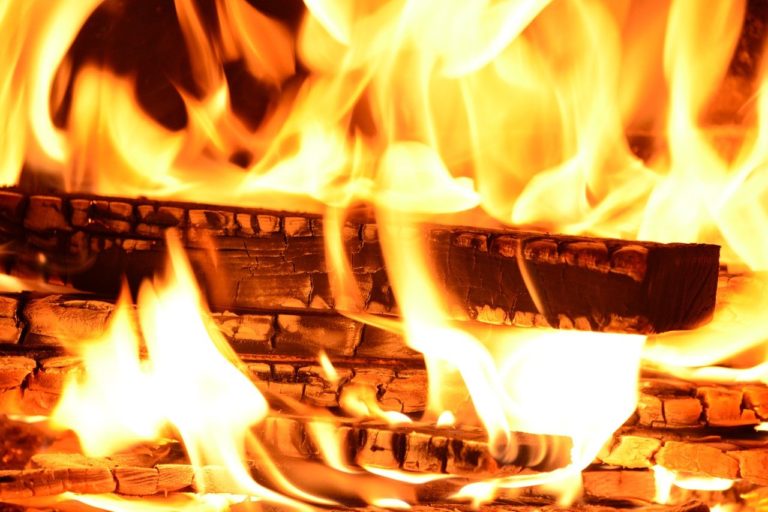
Day Two: The Burning Tower
Imagine a burning tower. The Midrash (Bereisheit Rabbah 39:1) tells us that this is the image that brought Avraham to his perception of Hashem. What is the deeper meaning of this image?
When something burns, it itself is the cause of its own destruction. Since it sustains the fire, it serves as the very energy that consumes it. For Avraham, the burning tower was a mashal for the entire world. Avraham saw the world as if it were on fire. Everything in the world, from the moment it is born or created, begins the process of its own demise. We burn our own resources in order to stay alive. The world, to Avraham, appeared to exist, and yet at the same time be in the process of consuming itself and transforming itself into nonexistence.
Faced with this contradiction, of a world that pursues its own destruction, Avraham came to a conclusion. There must be more to existence that what we can see. It’s true that the fire of life is constantly burning resources. But the purpose of that fire is not just to burn. The purpose of this fire is to burn resources in order to produce light. Existence does not end with our presence on this planet. We transform the world as we proceed toward a destiny beyond this world.
Avraham’s vision was of a world unconstrained by the natural system of cause and effect. He understood that there is a system above nature which pushes the world to its destiny, and which uses the physical resources of this world to create spiritual light. Rav Shapiro tells us that the fundamental aspiration of everything in this world is to depart from itself and illuminate, to transform into light and revelation.
This is the driving force within each of us. Our nefesh, our soul, the life force of our body, is an acronym for Ner, lamp, Petilah, wick, and Shemen, oil. The function of our soul, which connects to the body, and exists together with it, is to draw upon the powers of the body and transform them into light, much like the wick draws the oil and transforms it into fire. When we look at the flames of the candles, we can think about how every physical aspect of our bodies and our world, is another resource we can use to create our beautiful, illuminating flame.
To explore this idea further in the sefer, see pages 40-41, 45, 134 and 224-225.